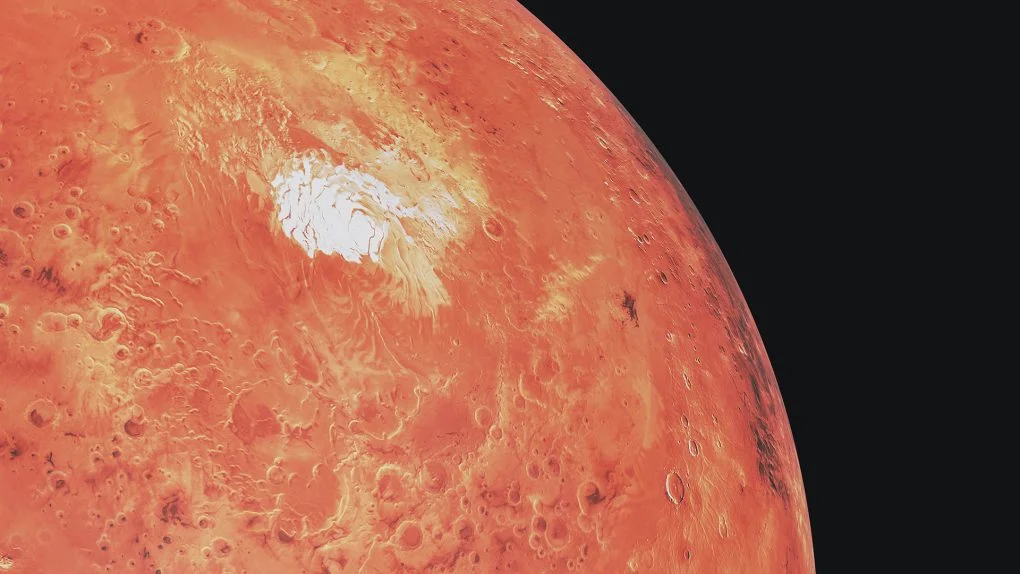
Fusion Rocket Breakthrough: Could Halve Travel Time to Mars?
The race to Mars is heating up, and a groundbreaking concept from a U.K.-based startup could dramatically change the game. Pulsar Fusion has unveiled its Sunbird Migratory Transfer Vehicle, a fusion rocket designed to potentially halve the travel time to Mars. But is this ambitious project truly feasible, and what does it mean for the future of space exploration?
Recent reports highlight the potential of the Sunbird, capable of reaching speeds of 329,000 miles per hour. This modular spacecraft leverages a Dual Direct Fusion Drive (DDFD) engine, harnessing the immense power of nuclear fusion. Unlike traditional rockets, Sunbirds are designed to be stored in orbital docking stations, acting as reusable 'jet packs' for larger spacecraft. A striking video showcases the concept, depicting a Sunbird detaching from a station, connecting with a spacecraft (resembling a SpaceX Starship upper stage), and propelling it towards a faraway planet.

The implications of this technology are significant. While current missions to Mars take seven to nine months, reports indicate Sunbird is believed it could reach Mars in under four months, a massive leap forward. The DDFD engine uses pulses of plasma, accelerated through magnetic fields, for thrust, relying on deuterium and helium-3, minimizing radiation. This design makes the system more compact and potentially more efficient.
Richard Dinan, CEO of Pulsar Fusion, emphasizes the scalability of the Sunbird concept. Each unit is expected to cost around $70 million, a considerable price tag but Dinan believes this will be offset by its rapid returns in orbital logistics and deep space science missions. Pulsar Fusion aims to test components of its power system later this year, with in-orbit testing targeted for 2027. According to Newsweek, Dinan stated nuclear fusion reactors "are uniquely suited to operate in orbit, where there's no atmosphere. In many ways, it's actually more practical to use fusion for in-space propulsion than it is for energy generation on Earth."
While Pulsar Fusion isn't the only player in the game, with NASA also exploring fusion-driven rockets, the company's progress is generating excitement within the space community. Can Pulsar Fusion achieve its goals within its ambitious timeline? Will nuclear fusion propulsion revolutionize space travel, making Mars and beyond more accessible than ever before?
What are your thoughts on the potential of fusion rockets, and how do you see them impacting the future of space exploration? Share your opinions in the comments below!